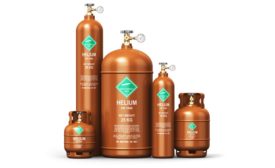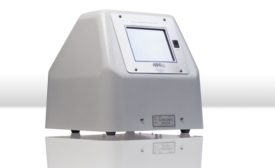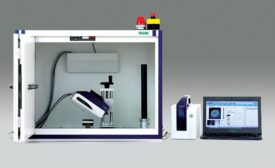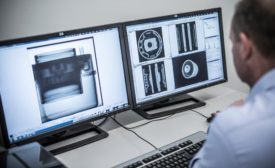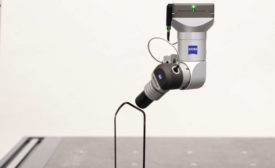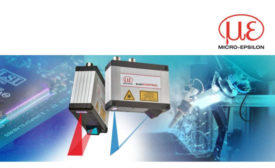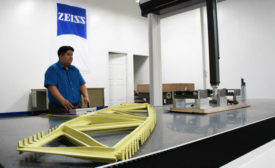Test & Inspection
NDT Leak Testing
How can you make the most of this increasingly precious commodity for your critical quality assurance needs?
Read More
NDT Leak Testing
Leak Testing Meets New Energy Storage Needs
Leak tightness is a major criterion for stable performance of a battery pack over the expected lifetime of an electrical vehicle.
August 5, 2020
NDT Trends
Remote Evaluation of Radiographic Images
Let’s examine the application of remote radiographic evaluation and the subsequent commercial benefits for business.
August 5, 2020
NDT Back 2 Basics
How the Internet of Things and Cloud-Based Apps Are Changing NDT Inspections
It enables new tools that can transform the inspection process.
August 5, 2020
E-Mobility Inspection
With electric vehicles on the rise, so too are the inspection applications.
August 1, 2020
Faster Inspection Reporting
Inspection reports can be completed in less time with the right tools.
August 1, 2020
Sponsored Content
White Paper: Compact 2D/3D Laser scanners with integrated controller reinvigorate profile measurements
August 1, 2020
Pushing the Limits of Precision
As with many critical industries, aerospace requires accuracy on the shop floor.
July 13, 2020
Stay in the know with Quality’s comprehensive coverage of
the manufacturing and metrology industries.
eNewsletter | Website | eMagazine
JOIN TODAY!Copyright ©2024. All Rights Reserved BNP Media.
Design, CMS, Hosting & Web Development :: ePublishing
